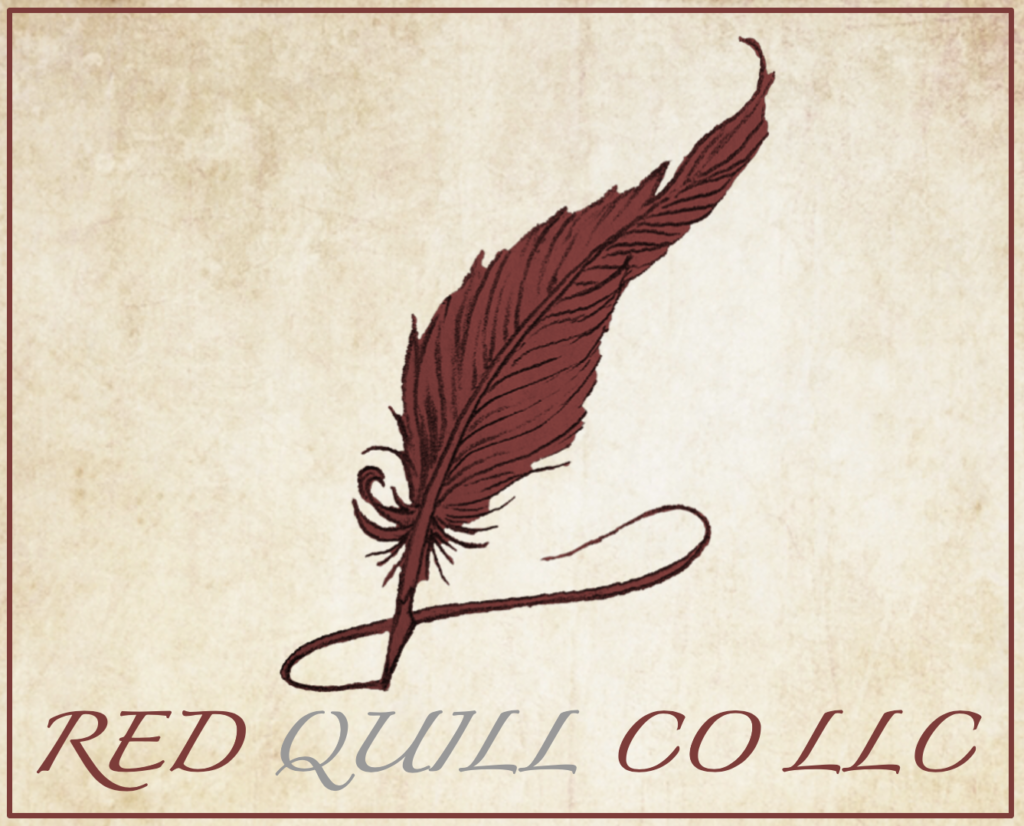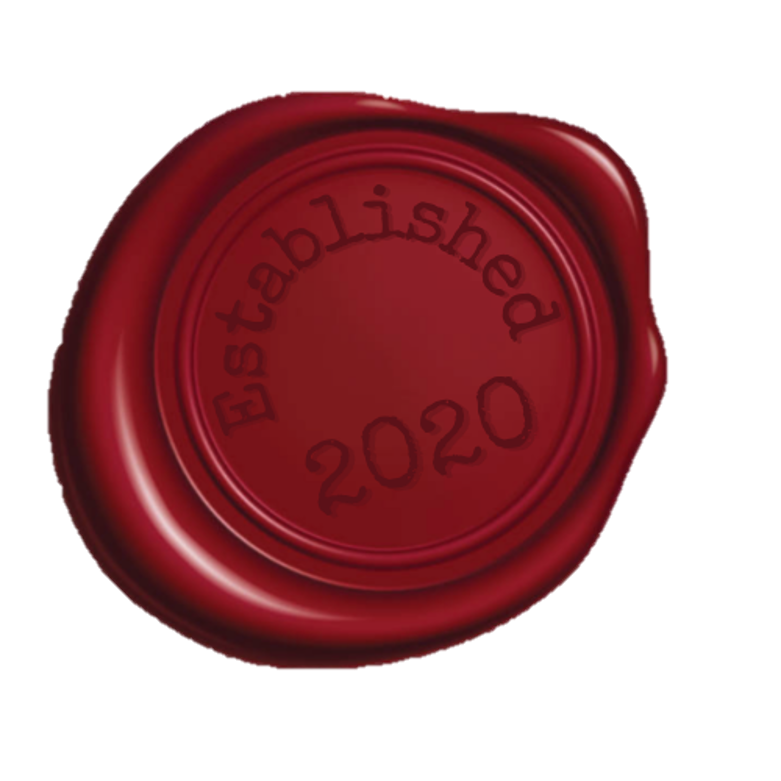The once shameful, read-in-secret genre has made a humongous comeback, with people now very publicly reading and enjoying a plethora of popular romance novels. With over 70 percent of Kindle’s top 100 romance titles being self-published, the billion-dollar industry has just one rule.
Rule of Romance
A central consensual love story must be what drives the plot forward.
But beyond this one rule, there are a plethora of other guidelines and common themes the genre entails.
Happily Ever After vs. Happy for Now
First and foremost, if your book is a romance, it must end with a happily ever after (HEA), or at the very least, a happy for now (HFN). Period. You can’t argue with this, because if you do, you are ultimately not following the Rule of Romance.
Now, if you have a series with the same characters and you want to do a slow burn romance, you can drag it out and have an individual book end unhappily (see Four Major Beats below). But ultimately, for your book to be a romance, your story as a whole simply must end in an HEA or an HFN.
Four Major Beats
Every romance will have Four Major Beats—the meet-cute, falling in love, fleeing from love, and fighting for love. If the book is a standalone, then it must hit all four beats within the pages of the singular book. However, as I mentioned above, if it is a series with the same characters throughout, the four beats could be carried out over the duration of the series (think, slow burn).
Heat Levels
Depending who you ask, there could be anywhere from three to six different Heat Levels within the romance genre, and they may be defined in a variety of ways.
What is a heat level, you ask? It’s the amount of detail your romance delves in to. For example, do you include explicit sex scenes, fade-to-black sex scenes, or no sex scenes at all? Do your characters show lustful desires or are they more focused on emotion and connection? Perhaps your book doesn’t have any physicality at all, not even kissing or hand holding (yes, this can still be considered romance as long as it follows the Rule of Romance).
But if there are so many heat scales out there, how do you know which one to follow so you can determine your target audience and avoid offending or disappointing someone who was looking for a different heat level entirely? The good news is, as varied as the scales can be, they are all fairly similar, and you really just need to be in the ballpark of your heat level in order to properly market and draw in the right readers.
Archetypes & Tropes
Like any other fiction genre, the romance genre has its favorite Archetypes & Tropes. Why? Simple: because they work.
Archetypes
Archetypes are character models. For example, the bad boy who rides a motorcycle and is covered in tattoos, the famous actor/rock star/billionaire who either seeks people who truly care for them rather than their fame/money or withdraws from society altogether, and the wedding planner who is indefinitely single or whose boyfriend of several years doesn’t seem to ever plan to propose. You get the idea. The depth of the character and specific details may vary, but when you boil it all down, there is a pattern beneath each archetype that is the same base model.
Tropes
Similarly, tropes are plot devices that are used frequently and are recognizable to the reader. Some popular examples include a love triangle where the reader is guessing who will end up together, enemies to lovers when two people who can’t stand each other are forced into a situation together and wind up falling in love, or a fake relationship where two people pretend for one reason or another that they are romantically involved only to fall for each other for real. Once again, the base model may be the same, but the details added to bring depth to the characters and the plot are what make each romance book come to life.
Popular Subgenres
Like any genre, romance has a lengthy list of Popular Subgenres, including contemporary romance, regency romance, romantic fantasy (romantasy), and my personal favorite, romantic comedy. If you can find a way to combine two genres, there you have it.
How to Write a Romance Novel
There are several key steps to Writing a Romance—from finding your niche, to locking in your heat level, to ensuring a happily ever after—but the exciting part is that you get to pick and choose the details that bring it to life.
Additional Resources
Romancelandia is the term that has been adopted by the ever-growing community of romance authors, editors, publishers, readers, podcast, books, and more. Of course, you can find this community on Facebook (just search Romancelandia to see the lengthy list of pages to choose from), but here are a few other resources those who are part of Romancelandia enjoy.
Podcasts
Fated Mates is a podcast cohosted by a best-selling romance author and a romance correspondent for Kirkus Reviews. They perform readings from the romance genre and engage in lively discussions of the genre.
Heaving Bosoms is a podcast cohosted by two women who recap romance novels while engaging in banter, jokes, and joyous conversation.
Reading
Bookstagram (actually Instagram, but with the #bookstagram hashtag) is a growing community of book lovers and has become an excellent resource for book recommendations. Add to your TBR (to be read) list or post your own book recs!
The Book Finder tab of the Smart Bitches, Trashy Books website allows you to search for a book to read by selecting specific tropes and archetypes you enjoy.
Writing
Reedsy’s Romance Plot Generator will allow you to select the genre you are interested in writing (in this case, romance) and randomly generate a main character, secondary character, and generic plot for a writing prompt. As you find certain nuances you like, you can lock them in and regenerate the rest until you are fully inspired to begin writing your own romance novel!
More About Romance
Want to learn even more about the romance genre? Check out these other Tips for Writers articles in the Writing Romance series:
- Introduction to the Romance Genre
- Four Major Beats
- Heat Levels
- Archetypes & Tropes
- Popular Subgenres
- How to Write a Romance
Red Quill Co LLC
Think you might be ready for an editor? If you’re unsure what type of editing you need, want to know how much it might cost, or simply have a question for me, Contact Me today. I am happy to discuss your manuscript with you!
Return to the Tips for Writers index


